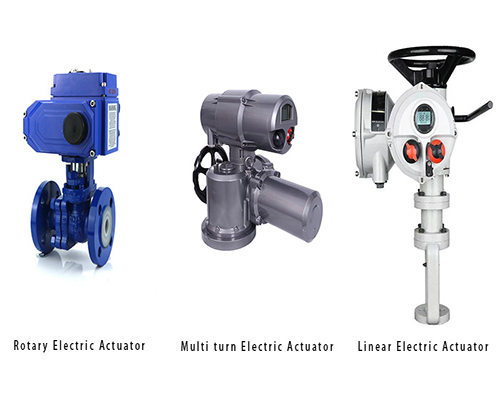Selecting Right Electric Actuator for Efficient Process Control
On this page
In modern industrial automation systems, selecting the right valve electric actuator is a crucial step to ensure process control efficiency and system safety. The selection of each actuator directly impacts equipment performance and long-term operational costs. Considering multiple key factors allows for optimal operational performance and reliability in specific industrial applications. Below is a detailed discussion on how to choose the most suitable electric actuator through a precise selection process to meet various operational requirements.
The selection of valve stem diameter involves not only ensuring compatibility with the hollow output shaft of the electric actuator but also ensuring stability and transmission efficiency post-assembly. Matching the valve stem diameter with the actuator's bore is critical, closely related to the selection of key slot sizes to ensure system reliability and operational accuracy post-assembly.
The number of turns of the output shaft directly affects the valve's opening and closing speed and accuracy. This parameter is determined based on the valve's nominal size, stem pitch, and number of thread heads. Calculating the total number of turns ensures that the electric actuator configuration meets the valve's requirements under various operating conditions. Precise turn setting ensures stable valve operation under different conditions, thereby enhancing system control capability.
Operating torque directly determines the torque provided by the electric actuator during operation. To meet the valve's operational demands under the most adverse conditions, the output torque of the electric actuator should typically exceed the maximum torque required by the valve, ensuring system reliability and long-term stability. Additionally, setting the operating torque should consider the valve's design features and operating environment to meet torque requirements in various operational scenarios.
The selection of output speed directly impacts the valve's opening and closing speed and system safety. Excessively rapid opening and closing speeds may induce water hammer, leading to pipeline or equipment damage. Therefore, when choosing output speed, specific application scenarios and fluid types must be comprehensively considered to balance operational speed and system safety, ensuring reliable valve operation and long-term effectiveness.
In conclusion, by considering factors such as valve stem diameter, output shaft turns, operating torque, and output speed comprehensively, the optimal electric actuator configuration can be selected for specific applications. This not only optimizes valve performance and precise control capabilities but also maximizes equipment lifespan, reducing operational costs and maintenance requirements. During the selection process, close collaboration with manufacturers or suppliers and ensuring thorough understanding and compliance with all technical parameters and operational requirements are key steps to ensuring stable system operation and efficient performance.

